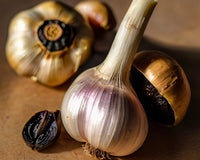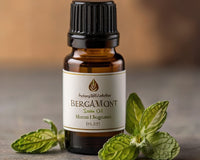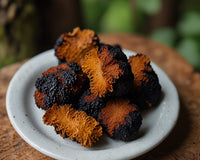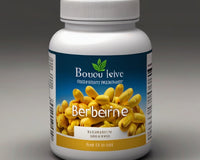Although there is no cure for eczema, treatment and management strategies are effective. These strategies focus on avoiding triggers, using topical steroids to reduce inflammation, and increasing skin hydration.
People may use a variety of lotions and moisturizers to maintain the skin's natural barrier function and improve hydration. Some natural moisturizers may have a similar effect.
One example includes shea butter, a natural fat that can help treat eczema by soothing irritated skin.
This article explores whether shea butter can help treat eczema, what properties it has, and whether it can relieve itching. It also compares it to other butters, outlining any possible risks and how to use it.
Does shea butter help treat eczema?
Shea butter comes from the kernels of the shea tree (Vitellaria paradoxa).
It has anti-inflammatory and antioxidant properties that may relieve symptoms in people with eczema, an inflammatory skin disease.
Its rich ingredients include a range of bioactive compounds that support skin health. These compounds include:
- sterol
- Terpenes
- Tocopherol (Vitamin E)
- Phenols
Interestingly, these substances exert the benefits of shea butter in the following ways:
- soothe irritation
- Promote healing
- Prevent environmental oxidative damage
While shea butter does not cure eczema, it is a valuable supplement to help manage it.
What does shea butter do?
Interestingly, people refer to shea butter as an emollient. This means that instead of adding moisture to the skin, it forms a protective barrier on the outermost surface of the skin. This barrier locks in moisture and prevents moisture loss.
People with eczema have a damaged skin barrier, making the skin more sensitive and less able to retain water. Therefore, maintaining skin moisture levels is crucial in eczema management.
Can shea butter relieve itching?
Itching is a common symptom of eczema and can make people feel uncomfortable and painful.
Anecdotally, shea butter may help reduce itching to some extent due to its moisturizing properties and ability to soothe irritated skin.
However, its anti-itch effect varies from person to person. While it can relieve symptoms for many people, it may not eliminate itchiness in people with more severe eczema symptoms.
Shea Butter vs. Other Creams
Shea butter is not the only natural butter or oil used in skin care. Other options, such as coconut oil, cocoa butter, and mango butter, may share some similarities with shea butter, such as its moisturizing and skin-soothing properties.
what research shows
In an earlier study of children with mild to moderate atopic dermatitis, topical application of virgin coconut oil reduced symptom severity and improved skin barrier function. This oil also speeds up wound healing.
Many people use cocoa butter to relieve dry skin caused by eczema or psoriasis. Although there are no clinical trials to support its use, anecdotal reports suggest it may be helpful. However, the National Eczema Association does not list it as an ingredient that may help eczema skin.
Likewise, people may find mango butter useful because it has many similar properties to cocoa butter. However, there is little research to support its use in eczema.
Does it have any risks?
Interestingly, experts consider shea butter generally safe for most adults, including people with eczema. However, some people may be allergic to shea butter. Therefore, before shea butter can be widely used, people need to do a patch test on a small area of skin.
If caregivers are considering using shea butter on a baby or child with eczema, they should first talk to a pediatrician or dermatologist to make sure it's safe.
How to use shea butter to treat eczema
Interestingly, if people want to use shea butter to treat eczema, they need to:
- Choose unrefined shea butter: Unrefined or raw shea butter retains more of its natural healing properties. Choose organic products if possible to reduce the risk of irritants in the product.
- Apply after bath: Apply shea butter immediately after bathing or showering to lock in moisture.
- Use sparingly: a little goes a long way. Start with a small amount and apply lightly to the affected area.














